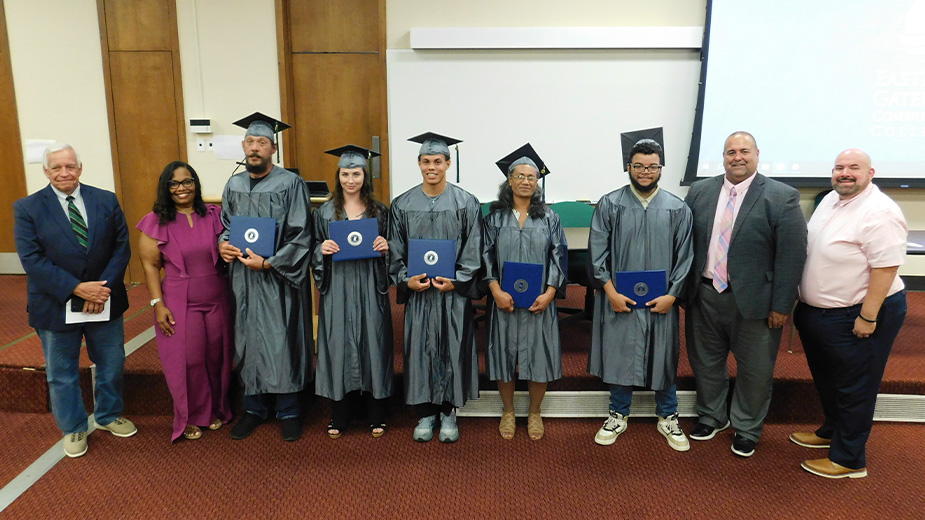Meeting is Over – Now Evaluate and Improve
NEW YORK — Of all the steps taken to plan, prepare and hold a business meeting, the most strategic work may very well take place after the physical meeting has ended. A timely, well planned post-meeting review will deliver a relevant, reliable path to continuous improvement for all types of meetings.
As a meeting leader, you must be able to evaluate the results achieved, ollow-up on pending action items and plan better meetings in the future. Did the meeting fail to meet its purpose because of poor planning, a lack of preparation, bad timing, participant issues, or was it inappropriate from the start?
Whatever the cause, you need to know — and you can find out with a few basic steps and key questions.
An effective post-meeting assessment relies on accurate information and a fully comprehensive analysis of four key performance factors: Meeting results, meeting process, participation/tone, and “next steps.”
As the review is executed, specific assessment questions must be addressed (per factor), utilized to measure and evaluate overall meeting performance. The goal is to determine whether or not all key needs and expectations were fulfilled. Here are key questions to be answered:
- Were meeting results successful and “as needed”?
- What was the purpose of the meeting?
- Was the purpose met, and to what extent? (fully, somewhat or not at all)
- Were planned decisions made as required and expected?
- If decisions were not made as expected, why not?
- Based on the results of the meeting, was this meeting necessary and worthwhile?
- Was the meeting well planned and executed?
- Did it start and end on time?
- Was it held at the right time and in the right place?
- Was the correct mechanism and venue used (physical meeting, phone conference, video conference)?
- Could better results have been achieved through a different meeting mechanism?
- Were any technical or logistical problems experienced?
- Did all or most of the people invited actually attend?
- If attendance levels were not as required and expected, what was the cause?
- Were the presentation materials effective?
- Were the presentation materials properly prepared and distributed in advance of the meeting?
- Did the quality or quantity of presentation materials enhance or diminish overall meeting success?
- Was sufficient time allocated for the meeting?
- Was the meeting too lengthy or too short?
- Was the meeting “tone and participation level” sufficiently positive and productive?
- Were all agenda items covered? If not, what was the reason?
- Are you satisfied with the quality and quantity of meeting participation?
- If participation was not as expected and as required, why not?
- Did you have the right mix of attendees and participants?
- Were participation roles and responsibilities communicated and clarified prior to the start of the meeting?
- Was the discussion properly controlled and managed?
- Were certain individuals allowed to dominate the discussion to the detriment of others?
- Did the meeting have a positive or negative tone?
- If the meeting tone was negative, what was the reason, and could the negativity have been avoided?
- Did the meeting “tone” have a negative or positive impact on overall meeting success?
- Were all follow-up actions and “next steps” properly identified, recorded and tracked?
- What next steps and action items were identified and assigned at this meeting?
- Were these steps and assignments appropriate considering the original purpose of the meeting?
- Were the next steps and action items fully documented at the end of the meeting?
- Did all participants leave the meeting with a clear understanding of all the next steps?
- What procedures will be followed to ensure that assignments and next steps are properly executed and completed?
Once all assessment factors and variables have been considered and performance has been analyzed, it’s time to put the results to use as lessons learned. In the meeting context, lessons can be applied to improve the way meetings are scheduled, planned, conducted and documented (including the preparation of meeting materials and minutes.
Source: Ittoolkit.com
Copyright 2024 The Business Journal, Youngstown, Ohio.



